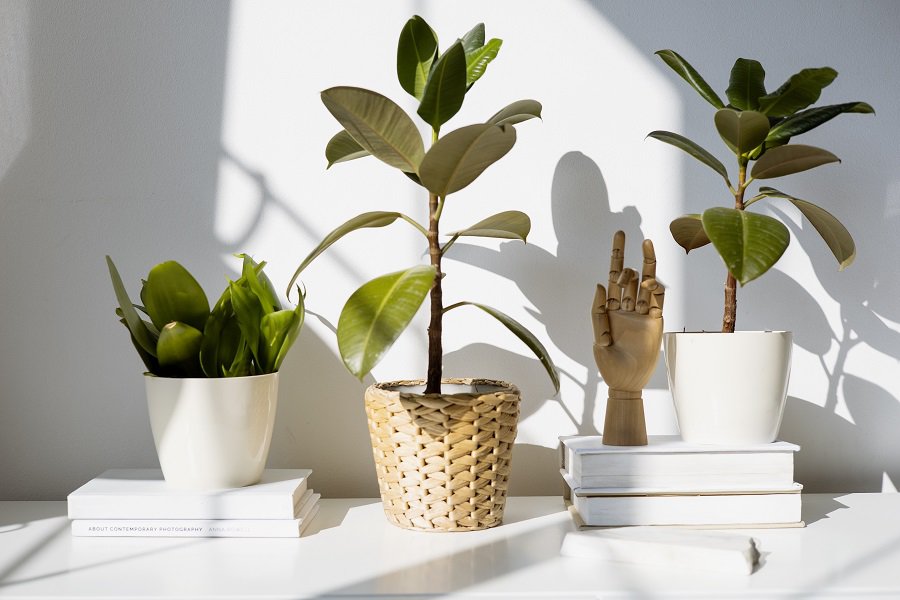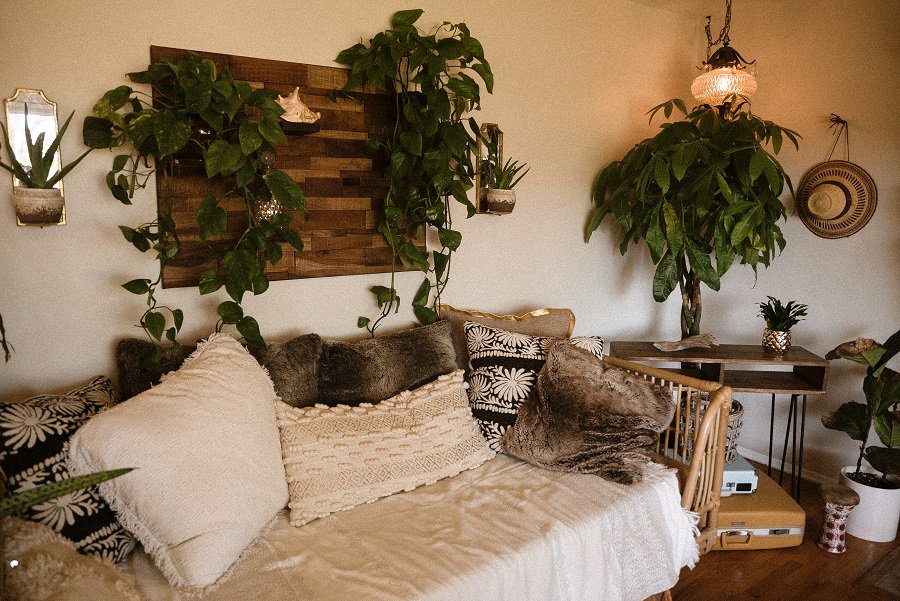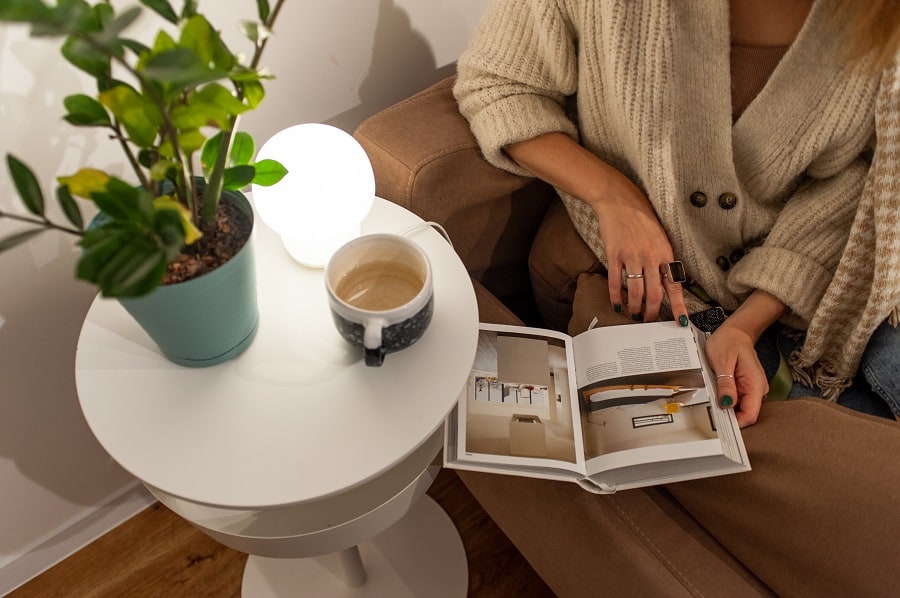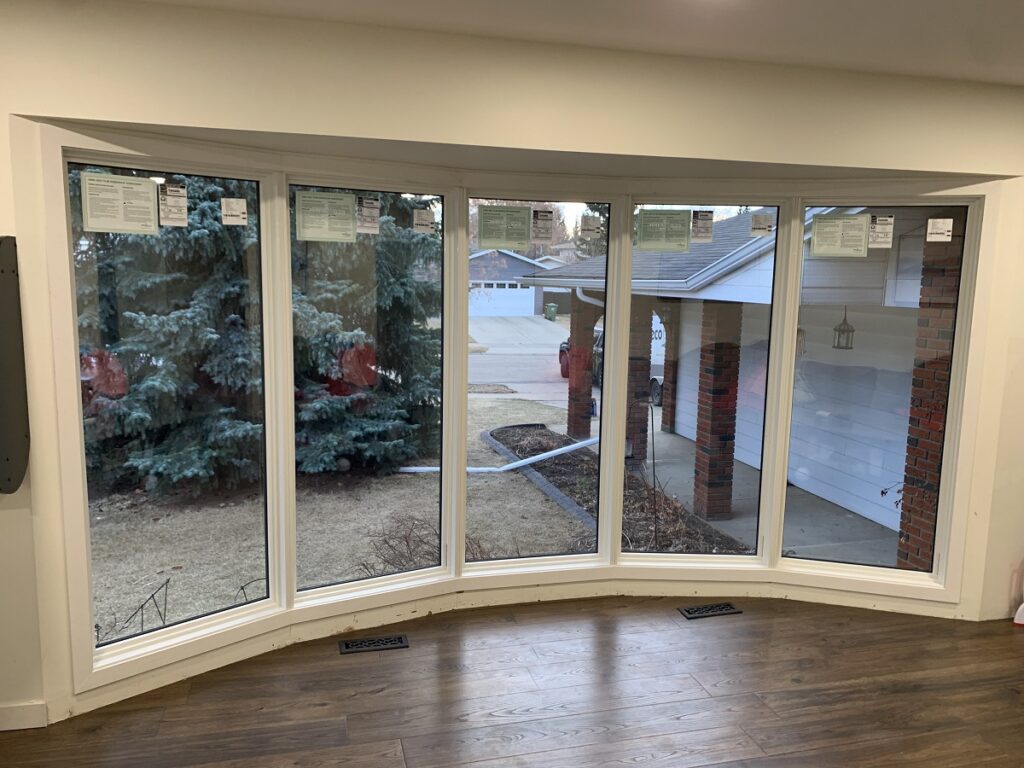6 Ways to Decorate Your Living Room With Plants
Plants and flowers in your home are almost always a great idea. They improve your mood, filter out the air, fit seamlessly into whatever your interior decor theme is, and are an environmentally friendly solution to all of your decor issues, basically.
Ever since the pandemic has reared its head on the global scene, people have been hesitant to step out – and rightfully so. But this has resulted in people missing nature and a taste of the great outdoors. When things are dreary like that, it’s best if you try to brighten up your home however you can. This often means incorporating more and more plants into your decor, along with the recent trend of calm, relaxing interiors. Bright rooms, pastel color palettes, calming shades, fabrics and natural textures, and plant-based interior decor is in.
If you want to have fresh flower arrangements available, you can make that happen with the help of a weekly flower delivery service that will handpick your bouquets for you, or you can do it yourself. On the other hand, you can just keep plants in your home.
Whatever you decide to do, keep reading about how to decorate your home the right way.
In the Hallway
If you have one of those homes with a hallway as soon as someone enters the front door, you might want to greet them with some natural decor. This can be done either with a fancy vase with a floral arrangement on a table, some small potted plants on hanging shelves, or even a larger plant (or a few) placed along the walls.

However, working with a dedicated florist may be an excellent idea if you want to get the most out of your floral arrangements in the hallway. They’ll arrange your flowers and plants to create a beautiful design. Whether you want your flowers to be placed in vases, wreaths, and other arrangements, they’ll do the job for you.
When you hire a professional, the quality of the floral arrangements is guaranteed. For example, an experienced florist in Auckland or wherever you may be located will ensure that the right flowers and plants are used for your hallway. They won’t waste time and resources trying things out since they know the requirements and the appropriate design to ensure everything is organized.
On the Walls
A lot of times, people with small spaces struggle with decor. There’s a very fine line between making your space look messy and decorating it for people like that, and you might have trouble treading it. One of the biggest ways to keep your space from getting too messy though is to keep all surfaces empty, and to save on as much floor space as possible.
This means that you need to avoid placing too much on the floor or using furniture that uses too much space, opting instead for taller, narrower furniture. Then, you need to avoid placing too much on it.
But then, how would you decorate? Hang your plants from the ceiling, and use floating shelves. You can even install flower pots straight on the wall if you want, and decorate your walls that way. Wall art is usually a great idea when you’re short on space, so maybe look into glass-pressed flowers and vertical floral art instead of flowers and plant pots to be placed on the floor or on tabletops.

On the other hand, there are also other wall ideas you may consider when decorating your living room with flowers and plants. For example, you can put your favorite flowers or plants on a glass photo frame and mount them on your living room wall. But in doing that, you need to dry the flower or plant first before sticking it to the frame. Make sure to cut their stems, put the flowers on a paper towel, and keep them in a book to begin the drying process.
If you want something unique, you can use tin cans as fascinating flower vases and have them placed on the wall. Aside from tin cans, you can also use tiny eggshells or seashells as vases for your DIY flower wall in your living room.
On the Bookcase or Open Shelves
Open shelves have made a comeback in the last few years, but not mainly for storage purposes. Placing open shelves in any of the rooms in your home will give you the opportunity to organize and accessorize the area as you please, and it can give you something to decorate in the room in the absence of any tabletops or suitable walls.
You can put flower pots and small indoor plants like succulents on your shelves, but remember to vary the shape and size of all the things you place on the bookshelves when you do this. If you have to, paint over the pots in colors that fit the theme more, and don’t be afraid to choose colors that stand out.
The good thing about open shelves is that you can either use them exclusively for plants, or you can mix them up with other types of decor like books, statues, framed photos and art, and even baskets for keeping small but important items (like keys) within reach.
Coffee Table

Who doesn’t love some plants front and center in their living room? With the right arrangement, you can transform the atmosphere of your whole area, which is why this is a popular place for small plants, floral arrangements, and other pieces of decor.
You’ll be limited when it comes to size and weight though – if you have a glass table, be careful about what you’re putting on it and how heavy the plants are. Even with sturdier tables, you should keep the decor for tabletops small and bold. Adding too much height or width is only going to be obstructive for anyone who sits around the coffee table.
Next to the Couch
If you want to place some bigger plants around the house, place them next to the couch in your living room. This couch is usually the biggest one in the area and the one with the coffee table placed in front of.
Plants like the bird of paradise, the fiddle leaf fig, and the rubber tree are all great examples of what you can place here, but they’re not the only ones. Opt for plants that are more tall than wide to avoid them taking too much space.
Near the (Right) Windows

Placing your plants near windows is an excellent strategy, especially for those that require plenty of sunlight. However, it’s crucial to consider the window type and its orientation.
Energy-efficient windows, for instance, can help maintain a consistent temperature for your plants, protecting them from sudden temperature changes that can be harmful.
Different window styles can also enhance your indoor plant display.
- Sliding windows, for instance, offer a wide view and ample sunlight, making them ideal for various plants.
- Bay and bow windows, with their extended sill space, provide an excellent platform for showcasing your indoor garden.
- Garden windows, protruding out from the wall create a mini greenhouse effect, perfect for herbs and small plants.
Moreover, the direction your window faces also plays a significant role in maintaining a healthy environment for your plants:
- East-facing windows provide gentle morning light, ideal for many indoor plants.
- South-facing windows, on the other hand, offer the most light exposure, perfect for sun-loving species.
If you’re dealing with limited window sill space, consider installing a floating shelf near the window. This not only maximizes your space but also creates a stunning visual display of your plants.
Remember, not all plants require direct sunlight. Some thrive in indirect light or shade. Therefore, understanding your plant’s specific needs and adjusting its location accordingly is key to its health and growth.
Lastly, ensure your windows are clean and well-maintained. Dust and grime can filter the light reaching your plants, affecting their photosynthesis process. Regular window cleaning ensures your plants receive the maximum amount of light possible.
